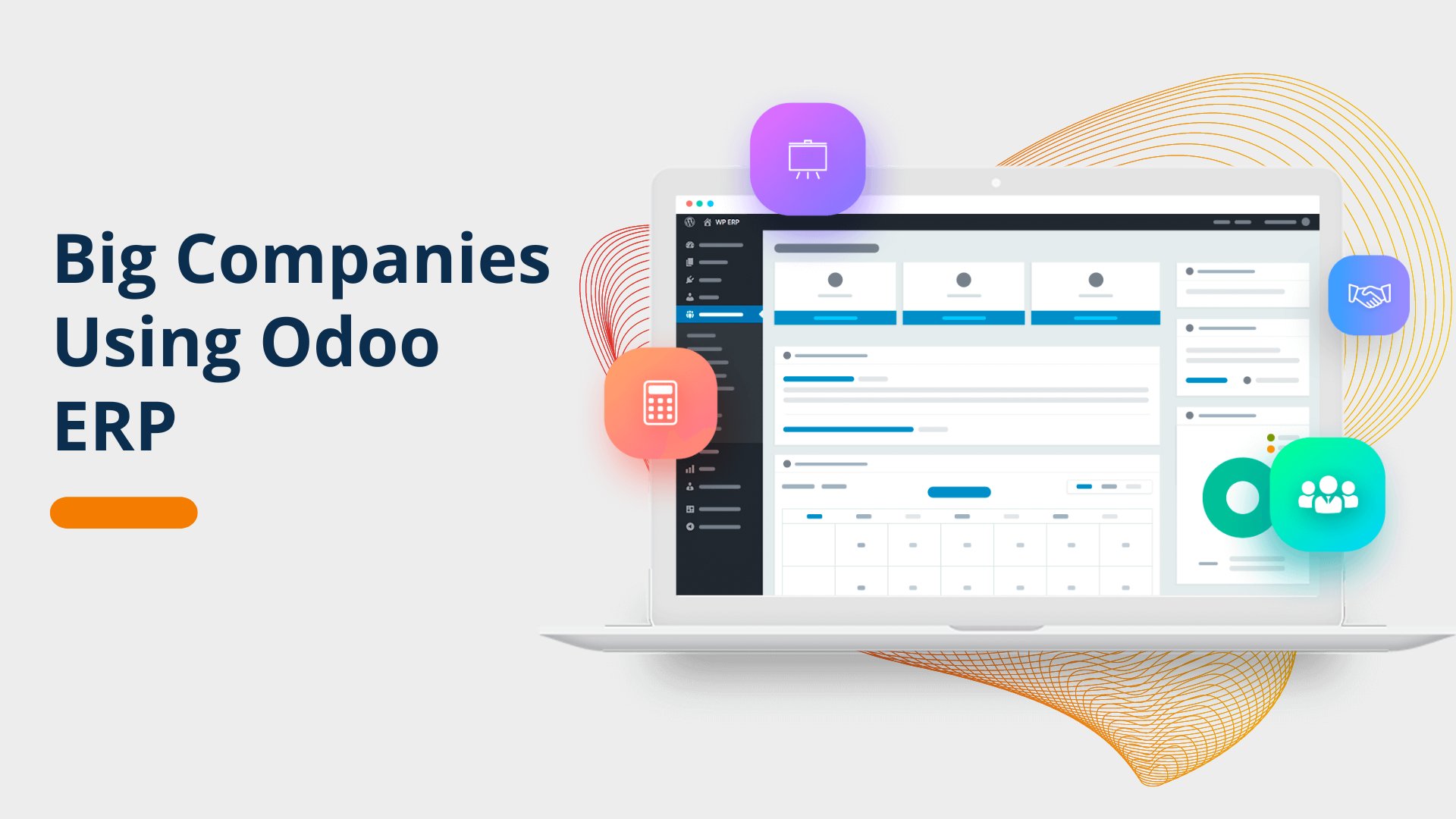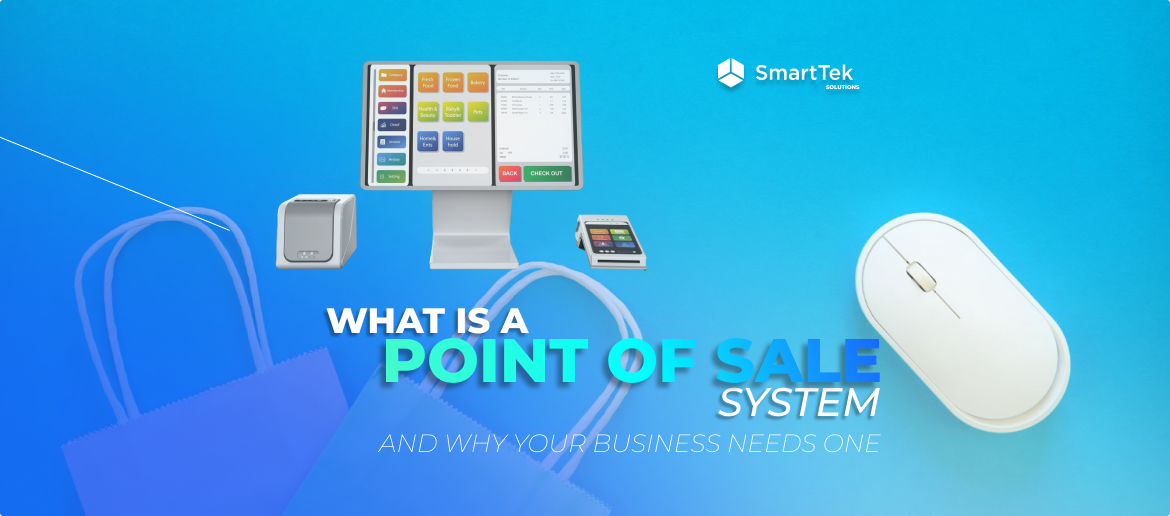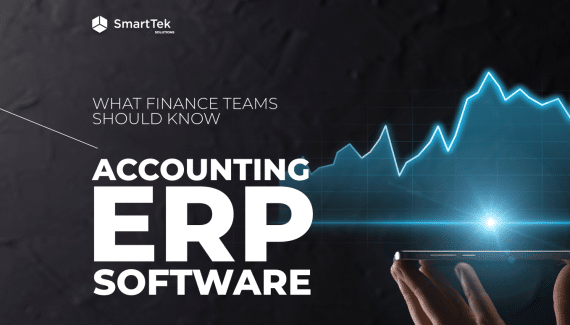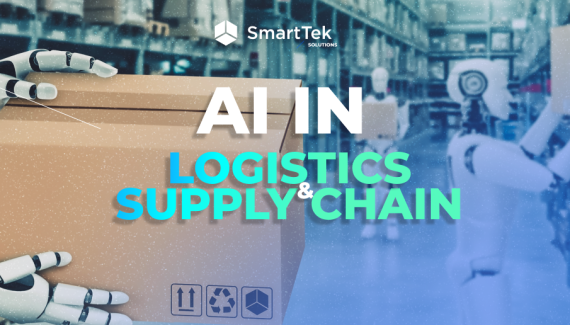A point of sale system is more than “that machine at the counter.” A POS connects your sales, payments, inventory, and customers – all in one place.
Whether you run a shop, café, or hotel, a good POS saves time, reduces chaos, and shows you what’s really going on in your business (no guesswork, no spreadsheets).
If you’ve ever lost an order or sold something that’s out of stock – yep, you need one. And if you want it to work your way, not the other way around, consider developing a custom POS or exploring Odoo-based solutions with customization options tailored to your business logic.
Understanding the Basics
Well, then, what’s a point-of-sale system, exactly? And, besides, who should be interested? Here’s a step-by-step primer.
What is a Point of Sale System?
POS is the system that manages sales just where they are occurring – a counter, market stall, or store front. It’s a POS system that lets you ring up sales, re-stock your store, give receipts, maybe even make you feel like you’ve got it all under control.
It’s essentially a hardware (e.g., tablet, barcode scanner, or receipt printer) and software pairing that balances sold items with items still in stock. No spreadsheets, no math in their heads – just smooth as silk sales.
How Does a Point of Sale System Work?
Let’s say a customer picks up a t-shirt. Here’s what happens:
- You scan it or tap it on the screen.
- The system shows the price (and maybe that it’s the last one in medium).
- The customer pays – card, cash, or maybe a phone tap.
- POS prints a receipt and updates your stock.

Boom – sale complete, inventory updated, tax info saved, and you didn’t even break a sweat.
What is an Electronic Point of Sale System?
An electronic point-of-sale, or EPOS, refers to a PC-based, electronic replacement for a register. It’s operated by computers or tablets, which process transactions, balance stock levels, and send data from one location to another.
Whereas time-worn configurations are less probable to fit with cloud or software such as CRMs, ERPs, and web stores – so they all simply work together without needing to modify things by hand.
Types of POS Systems for Different Industries
Point of sale systems aren’t one-size-fits-all. A solution that works great for a boutique clothing store might be a disaster in a busy restaurant kitchen. Businesses in different industries rely on POS setups tailored to how they operate, what they sell, and how they serve customers.
What is a Point of Sale System for Restaurants?
Restaurant POS systems are built to handle much more than payments. They support table management, track individual orders, manage kitchen queues, and make sure every dish goes to the right table at the right time. Staff can split bills, adjust tips, and even send allergy notes directly to the kitchen. It’s a system designed to reduce chaos during peak hours – and yes, to help avoid sending spaghetti to the vegan table.
If you’re considering a flexible, scalable POS setup for food service, check out our article on how to develop a custom POS system, where we break down what features are worth investing in.
What is a Point of Sale System for Retail?
Retail POS software is all about fast, easy transactions and real-time controls over your stock. From barcode scans to coding discounts, from loyalty programs to integration with CRM, they simplify and get you one step closer to serving better. Small hometown store or multi-site operation, your POS should work to simplify manual labor and get products to shelves where customers are going to buy them.
You can also explore how Odoo POS modules provide powerful retail functionality out of the box – with room to customize as your business grows.
Do Hotels Use Point of Sale Systems?
It’s a common question: do hotels use point of sale system setups, or do they rely on older, disconnected tools? Yes – and they count on them heavily. In hotels, POS-systems are compatible with every element from room service to fees from the minibars to spa treatments to food orders from restaurants. The properly interfaced POS can be connected to a property management system (PMS) so that any cost is associated with the proper guest profile, so checkouts are easy, and bills are accurate.
For hospitality businesses looking for industry-specific tools, combining modular ERP functionality with POS can help centralize operations across departments.
How POS Systems Improve Business Operations
Next-gen POSs can do so much more than just transact – they automate daily tasks, minimizing manual mistakes, and help business operators to make informed data-driven decisions supported by facts, not guesses.
Why Restaurants Rely on POS Systems to Keep Things Moving
Seconds matter in a restaurant, so do errors, lost time, lost income, lost someone’s mood. The proper kind of POS system keeps everyone speedy, streamlined, but guest-minded, not admin-minded.
Wondering how do point of sale systems benefit restaurant employees in practice? Here’s what it looks like on the floor:
- Orders flow from server to kitchen via interconnected screens or printers – no shouting, no miscommunication, no note passing.
- Real-time table tracking helps staff stay organized by showing which tables are open, reserved, or delayed – keeping hosts and waitstaff informed and proactive.
- Bill-splitting and tipping are handled in seconds, even during a packed lunch hour.
- Payments are quick and flexible, whether it’s cash, card, or mobile – which means faster table turnover and fewer delays.
All this cuts stress for the team, reduces order errors, and gives staff more time to actually deliver great service – not scramble.
How a Point of Sale System Can Help Small Retailers?
For a small store, a POS system is a resourceful sidekick who never takes days off. It keeps you up to date with your existing levels of stock so that you know exactly when to re-stock bestsellers. It collects data from each sale, so that you know seasonal trends and are able to make data-driven promotions, rather than guesses.
Plus, modern POS systems often include built-in tools for customer management, discounts, and sales reports, making it easier to grow without adding more staff.
What Makes a POS System a Smart Business Move
Businesses often ask why use a point of sale system when spreadsheets or manual methods seem to work – until they don’t. A POS brings structure where things usually get messy: at the intersection of sales, stock, and customer data.
- Quicker, more accurate checkouts;
- Automatic stock tracking and reorder notification;
- Periodic reports and financial disclosure;
- Improved customer services with quicker service and tailor-made deals.
Whether you operate in a single location or a growing chain, POS gives you the structure and data needed to make informed decisions, streamline operations, and support sustainable growth.
What Makes an Integrated POS System So Useful?
To reach full potential, a modern POS solution should really cooperate side by side with your other programs – accountancy, stock, or customer databases, for instance. That’s where it comes into its own in real life.
POS + ERP: Why Connect Them?
Integrated POS software integrates with your financial software, your CRM, and your ERP. That is, whenever there’s a sale, information doesn’t remain isolated within the POS – it syncs your stock, your account books, and your history with customers simultaneously.
It’s like having all your tools in the same group chat – no manual updates, no missed info, no “who forgot to log this?” moments. Want to see it in action? Check out our deep dive into the Odoo ERP POS module.
Inventory That Updates Itself
A POS with inventory features tracks what you sell, in real time. So, when you sell three red mugs, your system knows you have seven left – not ten. It also flags when you’re running low and can even suggest reorders (because guessing rarely works out well).
Smarter Cash Management
Today’s POS cash registers do a lot more than hold coins. They handle digital payments, track sales, and log every transaction so you’re not sorting receipts at midnight. Everything’s stored, synced, and ready for your accountant (or just your peace of mind).
How to Choose and Set Up Your POS System
Choosing a POS system never has to do with dollars and cents, but with finding just that right balance between tool, hardware, and configuration that’s just right for your company.
Not sure how to set up a point of sale system that actually works for your team? Here’s how to find the right setup without going batty .
What Will a POS System Cost You?
If you’re wondering how much does a point of sale system costs – it depends on your setup, but many modern solutions are surprisingly affordable: entry-level POS software from vendors like Square, Toast, or Shopify starts at around $10–$50 per month, while more advanced plans with features like inventory tracking, loyalty programs, and detailed analytics range from $89 to over $300 per month, depending on the vendor and selected modules.
The price of a POS system varies based on:
- Hardware – cash drawers, tablets, barcode scanners, receipt printers.
- Software – subscribe or purchase; installed or cloud.
- Maintenance & support – upgrades, bug fixes, and support.
For small businesses, expect to pay anywhere from $50/month for basic setups to several thousand dollars upfront for advanced hardware + software bundles. Custom setups – especially ones tied into ERPs – will be more expensive but pay off in long-term control and flexibility.
How Do You Actually Use One?
These days, most POSs are user friendly – if you know how to use a smartphone, then you know how to use point of sale system. Daily mundane jobs are:
- Logging in and opening a shift;
- Scanning or selecting items;
- Accepting payment (card, cash, mobile wallet);
- Printing or emailing receipts;
- Closing the shift and reviewing daily reports.
Training generally takes a number of hours. There are generally incorporated tutorials or fast onboard videos with platforms to keep your team up to date immediately.
What’s Involved in Setting It Up?
Getting started doesn’t have to be a headache. Here’s a quick checklist:
- Install the hardware – set up tablets, printers, and card readers.
- Configure the software – connect your product catalog, tax rules, and payment options.
- Add users and permissions – so the right staff have access to the right tools.
- Test everything – run a few fake sales before going live.
- Train your team – walk through daily tasks, refunds, and reports.
Most systems can go from box to working in a day – especially cloud-based ones with plug-and-play setups.
Building Your Own Point of Sale System
Not every business fit into an off-the-shelf POS solution. If you’ve got unique workflows, special integrations, or just want full control – building your own POS might be worth it (yes, even with the extra work).
How to Build a Point of Sale System?
Creating a custom POS system means starting from scratch – or close to it. If you’re looking into how to build a point of sale system, here’s what’s typically involved:
- Define your requirements – What will your POS do? Will it work online? Will it connect to an ERP or inventory system?
- Choose your tech stack – Most custom POS setups use web or mobile tech (think React, Flutter, Node.js) and need secure cloud infrastructure.
- Design the UI – Your interface should be dead simple for your team to use, especially under pressure.
- Build core features – Product catalog, cart, checkout, payments, reporting – that’s your MVP.
- Integrate with third-party tools – Payment gateways, tax services, CRMs, etc.
- Test and pilot – Run it in a real-world scenario before going full rollout.
Need help mapping this out? We’ve detailed the full process – including tech choices and real-world tips – in our guide to developing a custom POS system.
A Point of Sale and Inventory System – Better Together
Combining POS with real-time inventory tracking makes your setup much more powerful. When a product sells, your stock updates instantly. No more overselling, no more “oops, we’re out” moments at checkout.
If you’ve ever asked what is point of sale inventory system, this is it: a setup where sales and stock levels are always in sync.
An integrated setup also means smarter reordering, better analytics, and clearer forecasting – especially if you’re running multiple locations or syncing with an ERP. You can learn more about how this works in practice in our breakdown of the Odoo ERP POS module.
Top 5 POS Systems for Businesses
Choosing the right POS system isn’t just about price – it’s about finding the one that fits how you work. Whether you’re selling lattes, sneakers, or spa treatments, here are five top contenders’ businesses actually use – and why.
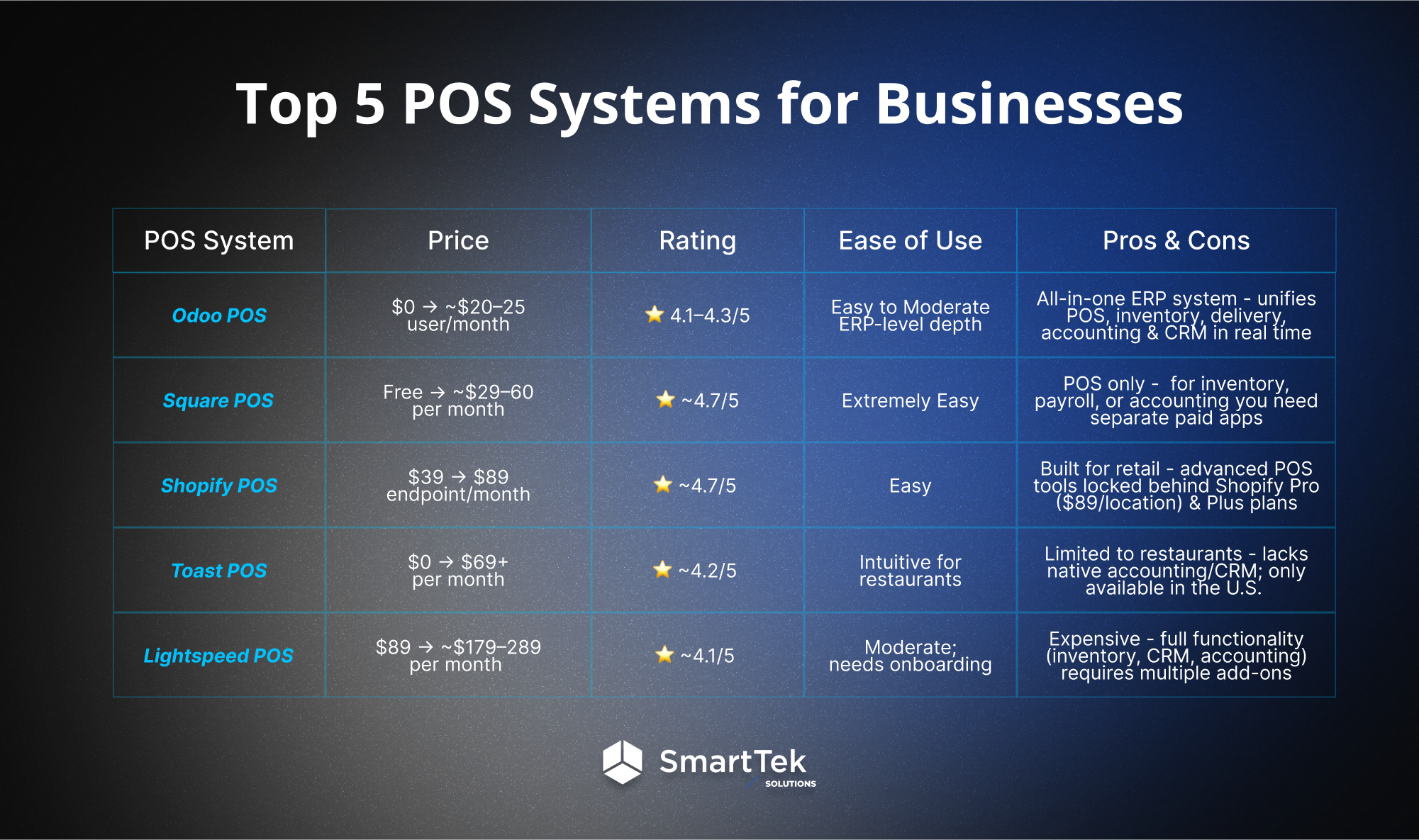
- Odoo POS
Recommended for large or growing businesses who are seeking complete customization and an extremely high degree of control. Odoo POS comes as part of a larger ERP setup, so sales, stock, account, HR, etc. are managed by a single software. It’s open-source and module-based, so it’s easy to start small with CRM and POS for example and grow big later. It’s best applicable to growing business or a large operation where interdepartmental integration needs to be strict. - Square POS
Ideal for small businesses, pop-ups, and solo entrepreneurs. Square is known for its easy setup – no complicated installations or training required. You get a sleek interface, no monthly fees for the basic plan, and optional add-ons like payroll or marketing tools. Plus, you can use your own device as a terminal. - Shopify POS
If you already are a store with Shopify internet, then it’s fair to add POS system. It syncs with offline and internet stock, orders, and clients. Just right for those who sell from a number of sources and want to know they have a unifying experience – with employees, with clients. - Toast POS
Built from the ground up for the food service industry. Toast includes features like kitchen display systems (so no more lost tickets), table layout management, contactless ordering, and delivery integrations. It also supports tipping workflows and staff management – all with a restaurant-friendly interface. - Lightspeed POS
Best for retailers with large catalogs, multiple locations, or a need for serious inventory control. Lightspeed lets you manage vendors, automate reorders, track margins, and even run advanced analytics. It also supports eCommerce and integrates with a variety of third–party tools, making it great for scaling retail operations.
Take Control with a Custom POS System
Out-of-the-box POS software never becomes part of your workflow. We deliver tailored systems to fit your business which scale with you.
Tailored POS solutions let you:
- Skip unnecessary features;
- Boost speed and accuracy;
- Integrate with your tools and platforms;
- Scale with your business – not against it.
Need full control? Go custom – and build a system that works the way you do.


